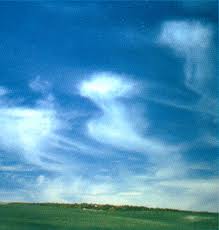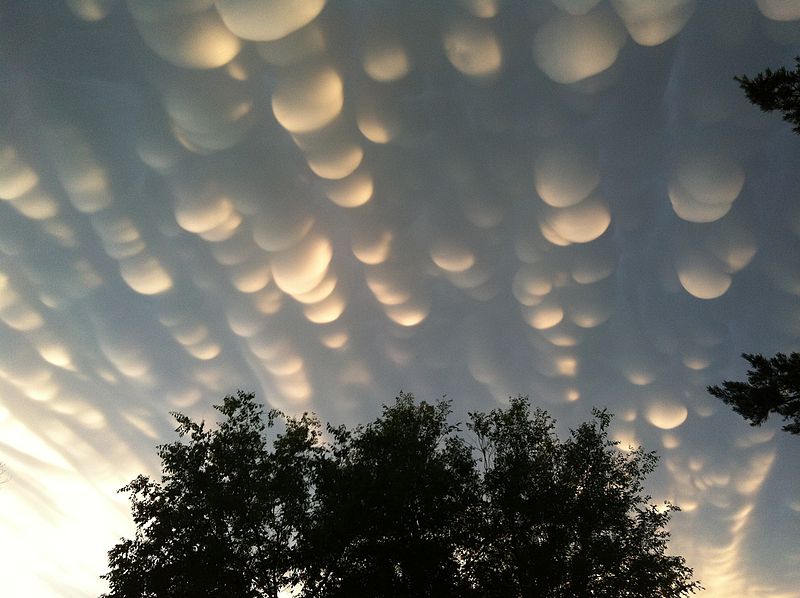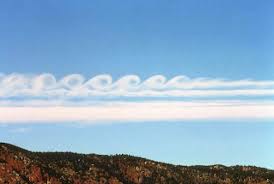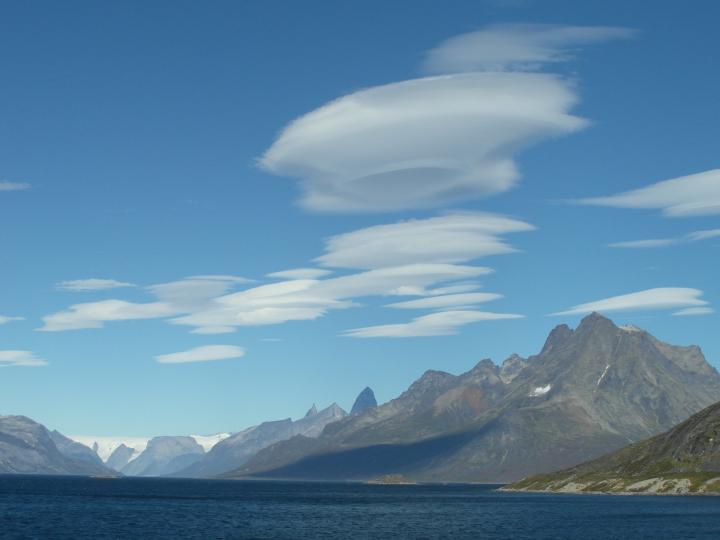Subhead
Unusual Clouds: Lenticular, Virga, Mammatus, Kelvin-Helmholtz
Thank you for this! I love the weather and weather watching. My mother talked about mare's tails and a thunder blizzard in NYC back in the late '30's.
I've always been fascinated with what they call the horse tail clouds. Many say they indicate a change in weather after many clear days. I've always watched and sure enough a change comes about.
The weather here in the United States, I think is the most interesting out of all of the places in the world. There's a lot to watch and meteorologists sometimes feel exhausted because there is always just so much to keep an eye on. However, it hurts to see how we are getting so many natural disasters. Its so sad to see what happened in Oklahoma, and can you believe they are having another outbreak of tornadoes? I have donated water & other necessities to the victims in Moore, OK and I find it great that there are people out there who want to help :)
Here is a fact I never knew: The USA has the most tornadoes out of every other country in the world.
Fascinating! ! WOW! I'VE WATCHED CLOUDS SINCE CHILDHOOD, LOVED THE PICTURES.
The Kelvin-Helmholtz clouds look like the "stylized clouds" in Asian art. I see them over the Korean mountains. Didn't believe clouds looked like that in real life until I came here!
I love watching clouds and I always take pictures when I see some rare or beautiful clouds. I even have one when it was lighting, its pretty as well.
I enjoyed the pictures and hope to see these clouds sometime. In the southeast, the top picture resembles what we call mare's tails. I learned a lot about watching clouds from the writings and paintings of Eric Sloane.
- « Previous
- 1
- 2
- …
- 10
- Next »















Comments